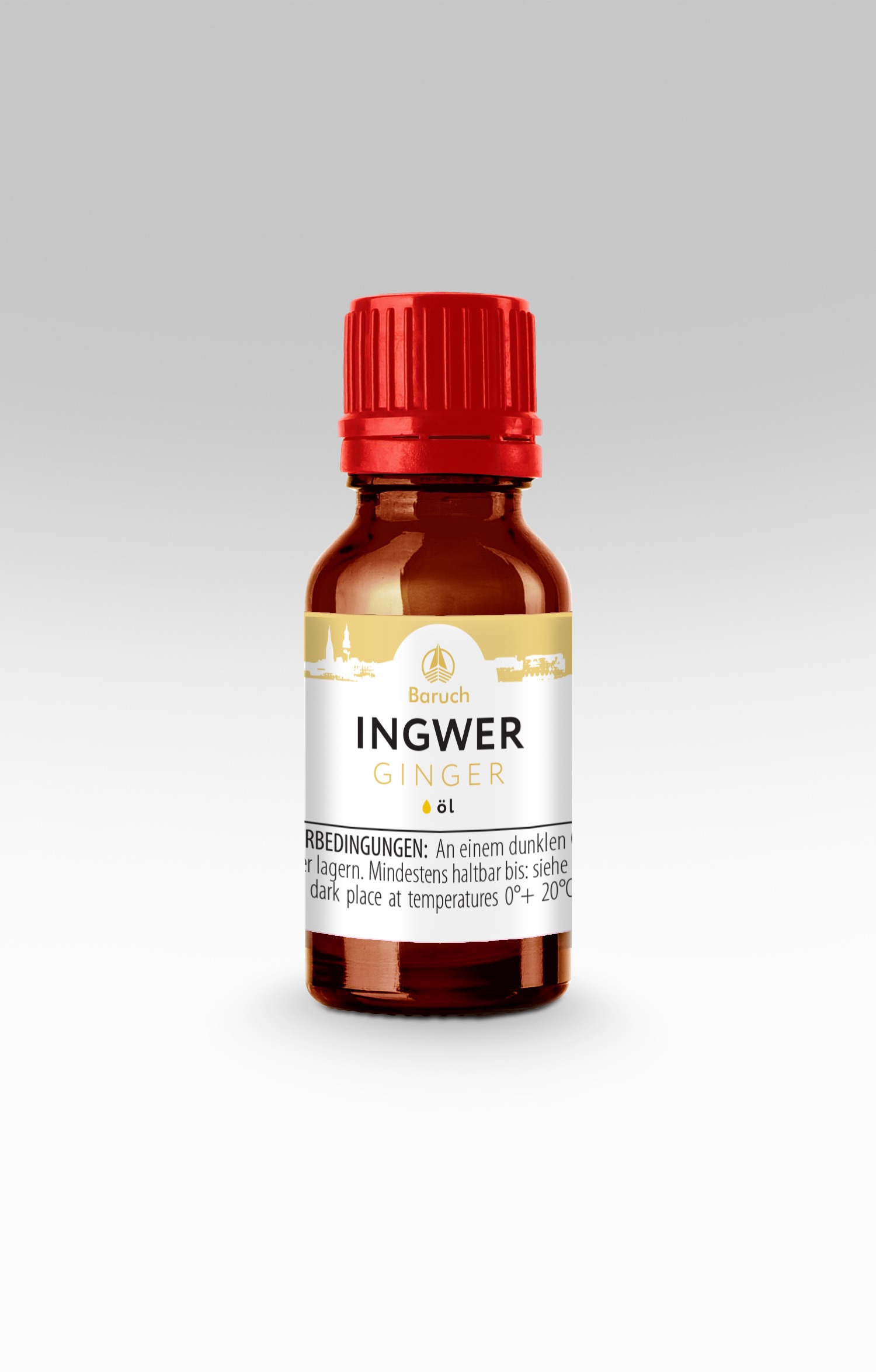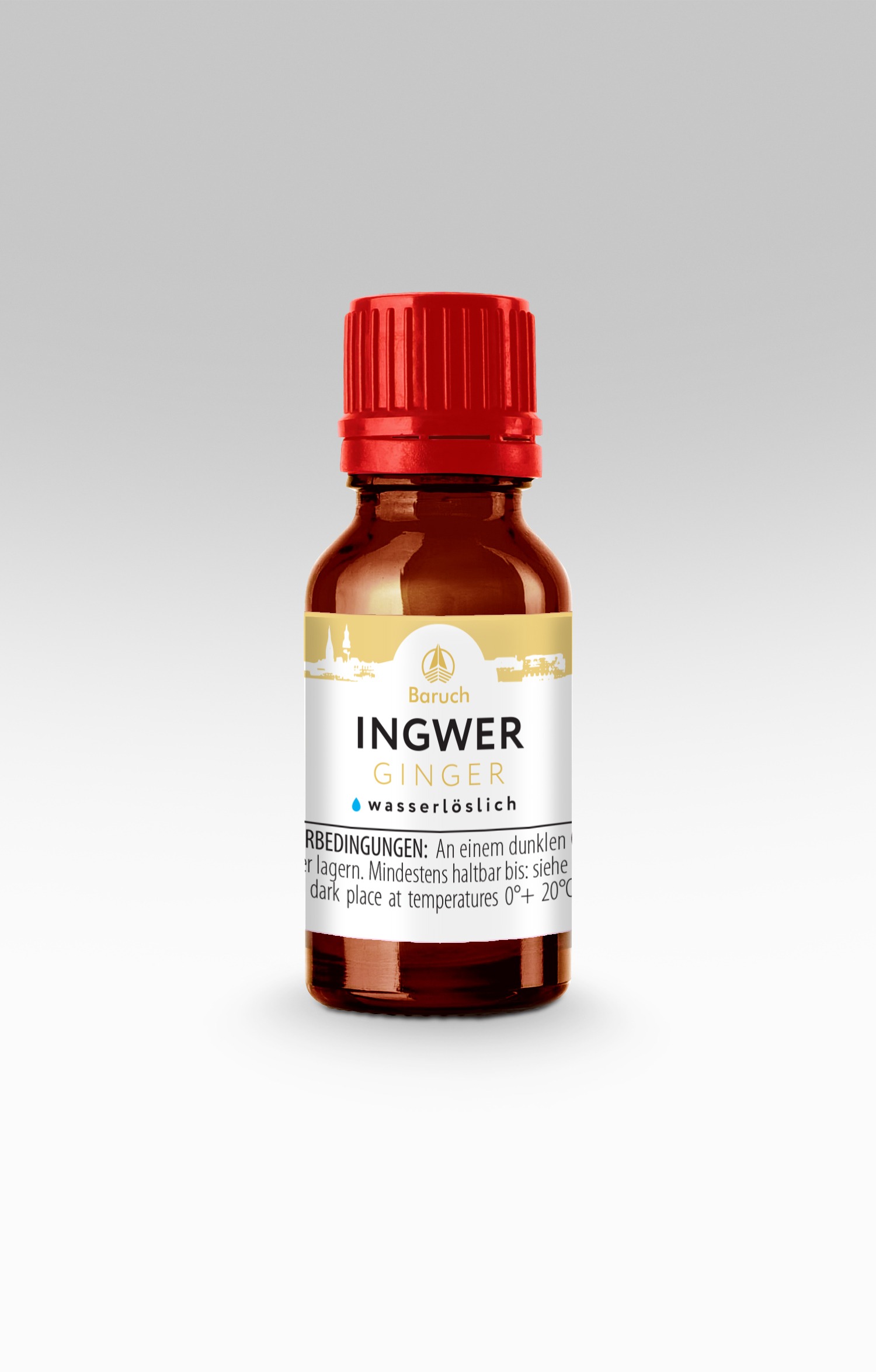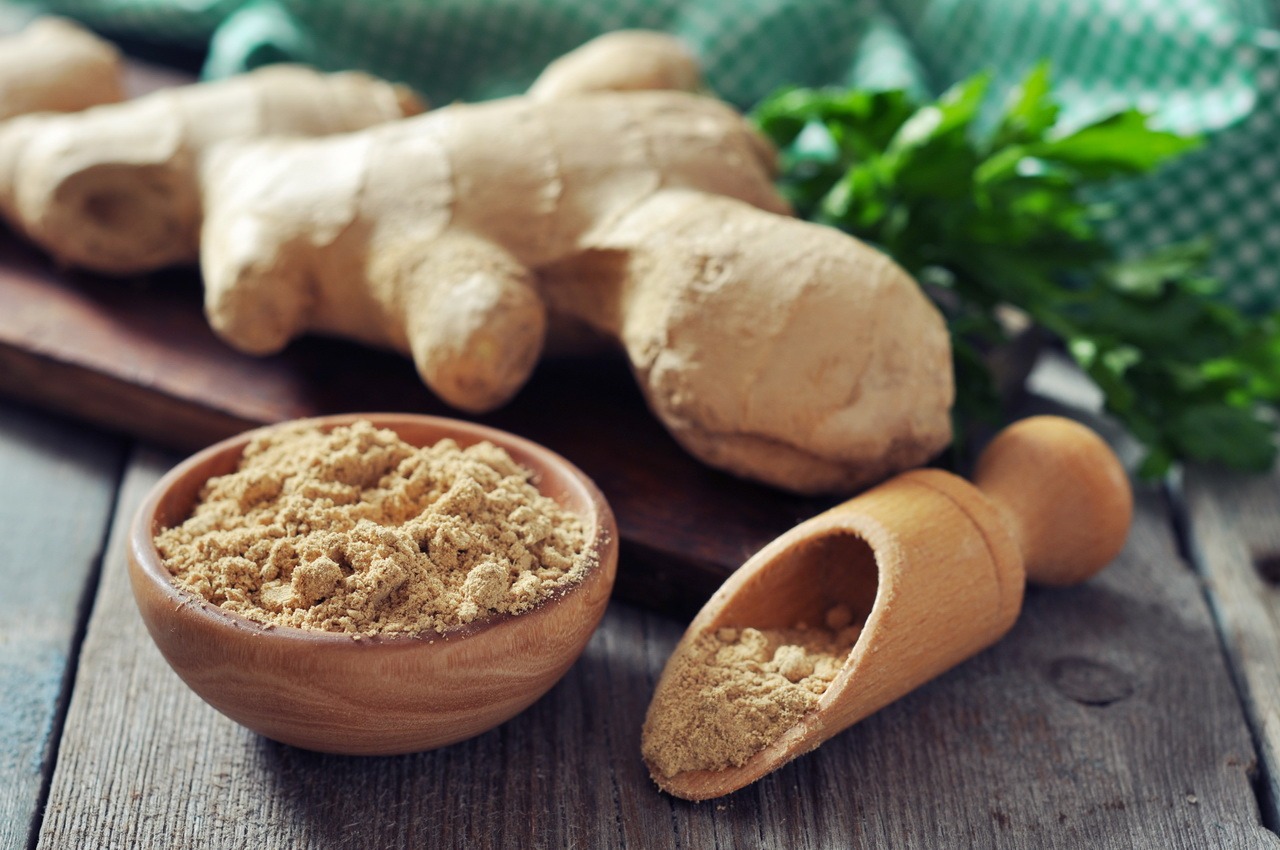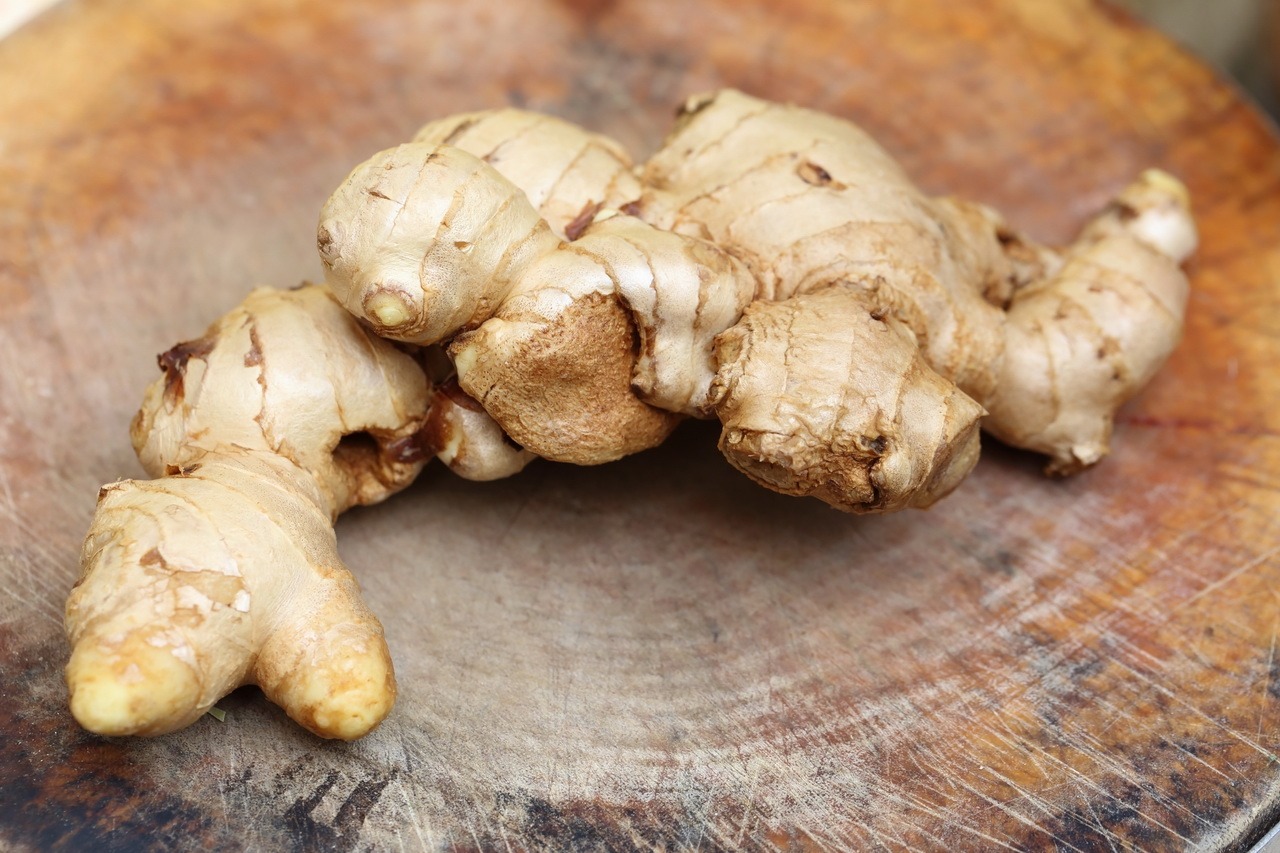The starting material for the production of the CO2 extract is the rhizome of ginger (Zīngiber officināle).
Currently, ginger is mainly used as a spice in the manufacture of soft drinks, in the formulation of sauces, in the manufacture of confectionery, canned goods and baked goods. A traditional low-alcohol drink is ginger ale, fermented sweetened water with ginger infusion, spices, and honey. Ginger beer is also prepared, in which the alcohol content already reaches 11%. Ginger extract has been used to formulate strong alcoholic beverages – bitters and vodkas – since the 17th century.
Ginger is included in the State Fund of the Russian Federation, the official pharmacopoeias of Great Britain, Austria, Switzerland, Egypt, China and Japan. First of all, it is considered an expectorant and anti-inflammatory used in the treatment of respiratory diseases. Ginger extracts are also used to treat arthritis, arthrosis, rheumatism, as they have a pronounced warming effect. Ginger is recommended for disorders of fat and cholesterol metabolism and for normalizing the condition of blood vessels.
More than 60 common compounds were found in the CO2 extract of ginger by chromatomasspectrometric investigations.


Chart 1. Main components of ginger root CO2 extract
| NAME | CONTENT IN% OF THE AMOUNT OF VOLATILE COMPONENTS | EFFECT |
|---|---|---|
| 1-(4-hydroxy-3-methoxyfelin)-dec-4-en-3-one | 23 | Reduces blood viscosity, improves capillary blood flow. Increases the plasticity of erythrocytes. Reduces cholesterol levels. |
| Zingebon | 9,4 | Bitterness, cardiotonic. |
| Zingiberene | 6,8 | Hypotensive. |
| Linoleic Acid | 5,7 | Omega-6 essential polyunsaturated fatty acid essential for cell membrane function. |
| n-gesonal | 2,8 | Corrects the immune system, stimulates metabolism, improves and normalizes enzyme activity. |
| n-deconal | 2,1 | Natural Flavor. |
| α-curcumene | 1,9 | Bactericide, anticoagulant. |
| Gingerol | 1,5 | Accelerates metabolism, reduces nausea, has an analgesic effect, suppresses inflammation and exhibits antioxidant properties. |
| α-Farnesen | 1,5 | Natural Flavor.β-bisabolene / 1.4 / Anticarcinogenic, antimicrobial, anti-inflammatory, fungicidal. |
| Borneol | 1,1 | Antiarrhythmic, analgesic, antipyretic, anti-inflammatory effect. |
In cosmetics, CO2 extract from ginger is recommended for incorporation into care products for problematic and oily skin. CO2 extract has the following properties:
- tightens, refreshes and firms the skin
- antiseptic and antioxidant
- regenerates damaged skin and is an immunomodulator
- restores a healthy complexion and has a brightening effect
- used in anti-cellulite products• As a component of hair care products, it stimulates hair growth and activates the hair follicles
In food production, CO2 extract from ginger is used in the confectionery and canning industry and for the production of non-alcoholic and highly alcoholic beverages. In functional foods and beverages, ginger CO2 extract is used as a dietary supplement for fat burning and weight loss, as a tonic, and as an ingredient for an overall focus on a healthy lifestyle.
The water-soluble microemulsion of CO2 extract of ginger root is widely used in non-alcoholic drinks such as soft drinks, non-carbonated drinks with sugar or sweeteners, kvass. Another area of application of microemulsion CO2 extract of ginger root is its use in the production of juices, nectars, juice blends and juicy beverages, especially apple and orange, as well as a number of others.
In the production of alcoholic beverages, extracts and microemulsions of CO2 extract from ginger root have found the widest application in the production of low-alcohol honey-ginger (mead) products, as well as beer and ale. In addition, CO2 extract from ginger has found some use in the manufacture of strong alcohol, mainly in the form of honey-ginger infusions.
Ready-made recipes for ginger ice cream and ginger lemonade based on a microemulsion of CO2 extract from ginger root are available and provided to customers upon request.
Chart 2. Application amounts, recommendations for use and storage of CO2 extract from ginger root
| Food usage rates | Item A100: 0.002% (20 g per ton) Water-soluble microemulsions EMA1: 0.1% (1 l per 1000 l or 1 ml per liter) |
| Application rates in cosmetics | Item А10: 1-3% Item А100: 0.1-0.3% |
| Recommendations for use | It is recommended to add CO2 extracts in the final stages of preparation, in the cooling phase of the end product. |
| Storage Instructions | It is recommended to store CO2 extracts in a closed container in a cool room and avoid direct sunlight. |
Historical reference

Ginger became popular in Europe in the early 14th century and was primarily used as a medicinal product. Alchemists and physicians considered ginger the main remedy for preventing the plague. Arab merchants who supplied dried, ground ginger root said it grows at the end of the world in the land of the cave dwellers, who guard it and eat those who dared to get hold of it, further adding to the already considerable price of the wondrous root increased. Ginger was later cultivated in Europe and from the mid-19th century in America.
